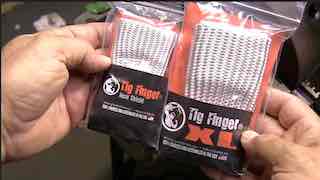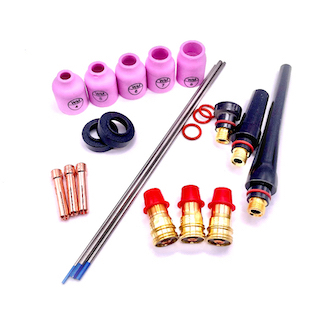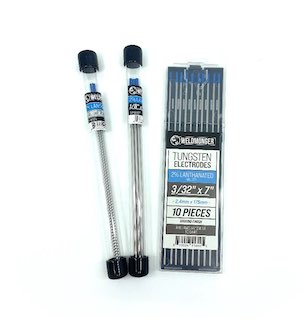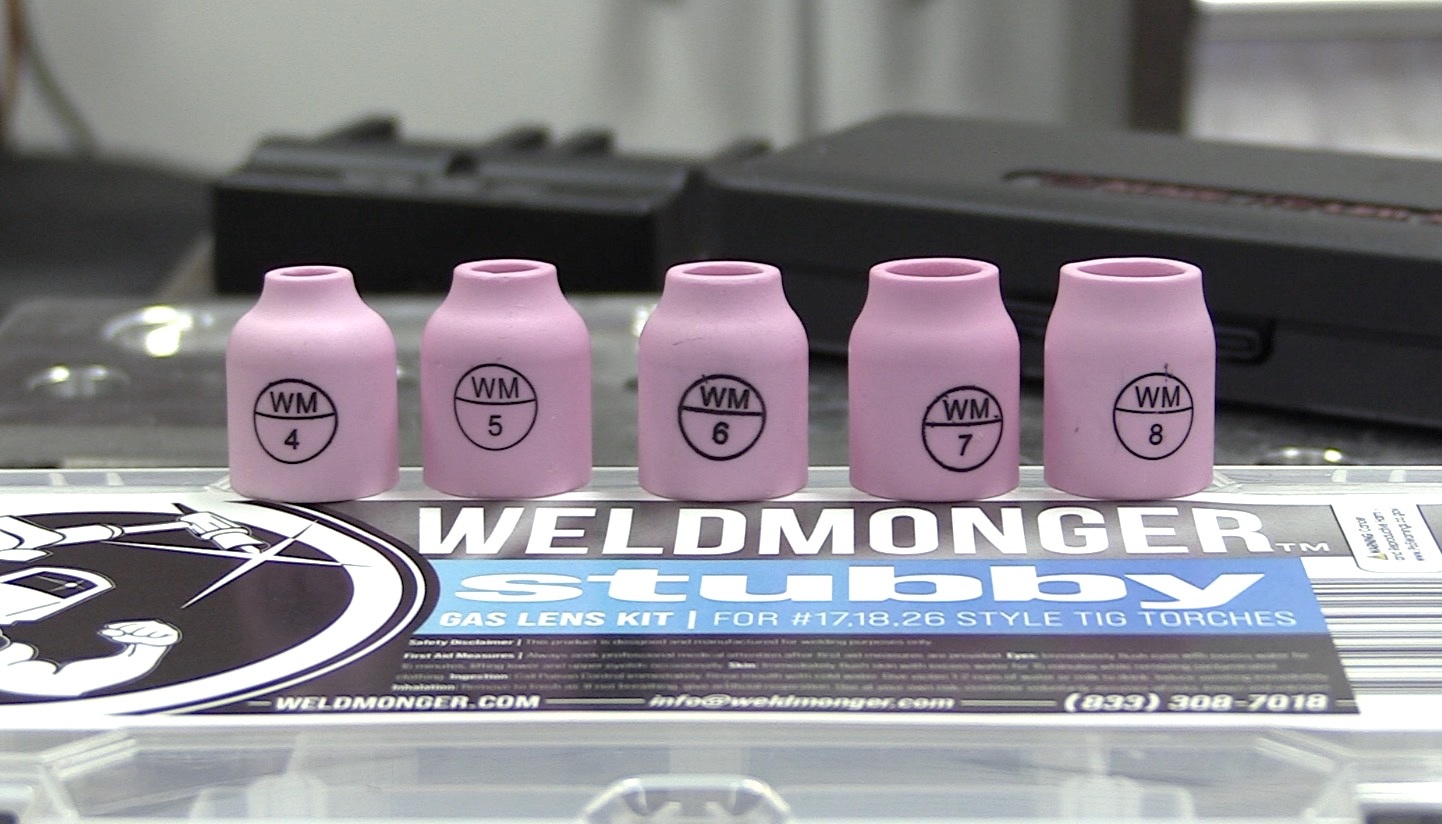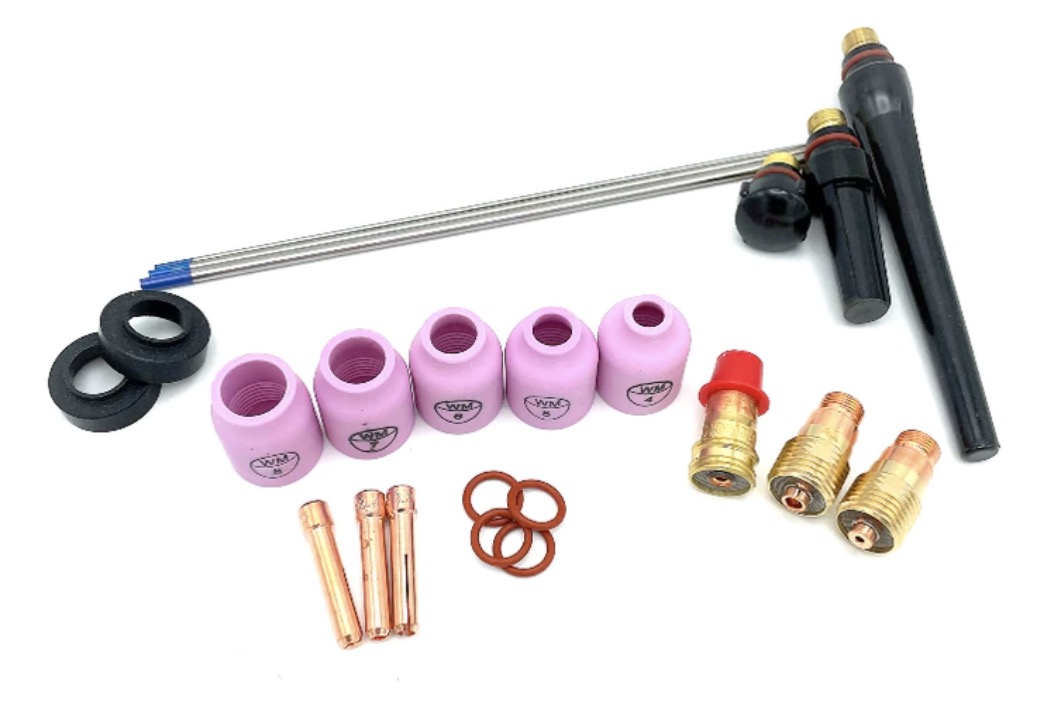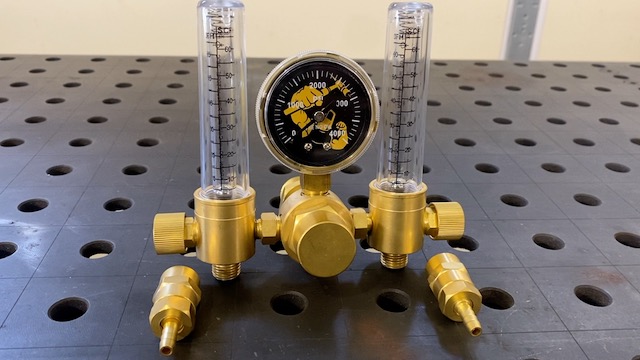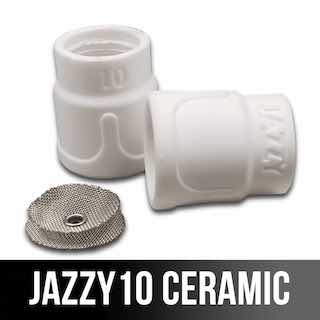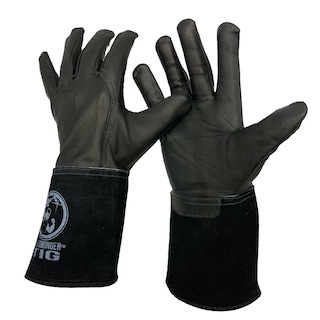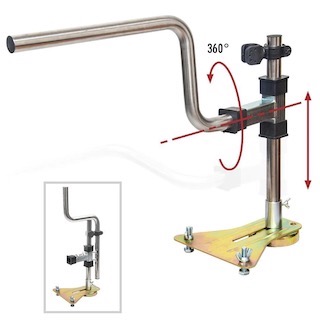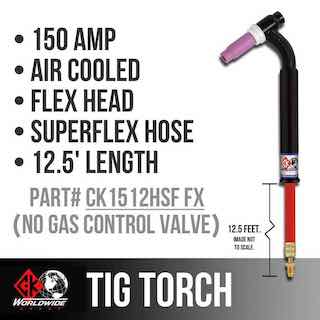TIG Restarts on 11ga carbon steel lap joints
Weldmonger dual Flowmeter with lifetime warranty
TIG restarts on carbon steel are not as difficult as they are on aluminum but they are still worth practicing for beginners.
Stopping and restarting a bead is often where weld defects occur.
So if you are learning to TIG weld, it will be worth your time and effort to practice your TIG restarts.
Here are the basic instructions for tig restarts on carbon steel and stainless.
Making a good restart begins with how you terminate the arc.
When you need to end a weld and make a restart, Make sure to hold the TIG torch still while the post flow gas shields the weld crater area.
What this does is provides a clean oxide free area to restart the beqad.
Having an oxide free crater helps greatly with making a clean restart.
To restart a weld, simply start the arc near the center of the weld crater.
Make sure your arc length is equal to or slightly less than your tungsten diameter and move the arc to the center of the crater where you ended the weld.
Increase amperage to where the puddle exactly matches the crater.
Then move the arc ahead, add filler, and continue your weld technique.
Sounds simple but when you are first learning, it is not as easy as it sounds.
Practicing restarts by making a restart every inch on a practice piece is a skill exercise that can pay big dividends later.
Being able to make a smooth restart is important,
Tips for TIG welding a Tee joint on 11ga steel
Travel speed is a big factor when it comes to heat input.
It is possible to weld with higher amperage but faster travel speed and have lower overall heat input than a weld made slow at lower amperage.
Back to Basics - Learning to TIG weld better the smart way
After teaching hundreds of people to TIG weld, I stumbled on a better way for students to learn.
I was asked to design a 40 hour welding class aimed at avionics technicians to satisfy FAA requirements for them to be able take their A&P exam.
There was no requirement for proficiency at the end of training...the only requirement was 40 hours of welding training.
I wanted to make it interesting so I designed a class where the students started off on carbon steel, but instead of running beads for days on carbon steel, I taught them the basics of tig welding aluminum and let them alternate between steel and aluminum.
The result was obvious to me. These 40 hour students that welded aluminum on the first day of training and alternated between tig beads on carbon steel and aluminum progressed quicker than the students that followed the standard curriculum where you weld carbon steel for a week or so, then stainless, and then aluminum at the very end.
Ever since then I have recommended this training method to anyone learning to tig weld.
By alternating practice beads between steel and aluminum while padding beads, the learning curve can be shorter than just sticking with one metal.
If you are practicing trying to get better at TIG welding, I highly recommend this drill.
I have created a No BS TIG workbook for you to help you learn to TIG weld...and its free
Download your Free TIG workbook here
Download your Free TIG workbook here







